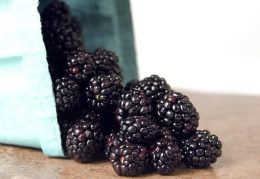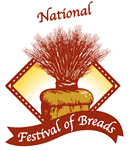
Photo: USDA Flickr
The next time you work outside or do outdoor recreation, be aware of ticks and protect yourself from tick bites. The Lone Star tick has been linked to causing allergic reactions after eating red meat.
The Lone Star tick is a vector that can spread disease. Mosquitos and fleas are other insects that spread disease. The Alpha-gal molecule is carried in the saliva of Lone Star ticks. People bit by this tick can become sensitive and produce the immunoglobulin E (IgE) antibody. Unlike typical food allergies, which is a reaction to protein, this is a reaction to the carbohydrate galactose-α-1,3-galactose. This carbohydrate is found in most mammals, such as red meat animals. It can also be in products made from mammals. It is not found in poultry or fish.
Symptoms include rash, hives, difficulty breathing, drop in blood pressure, dizziness, fainting, nausea, and severe stomach pain. These symptoms can occur in 3-6 hours after eating red meat.
The Alpha-gal allergy can be severe, and potentially life-threatening. See a healthcare provider immediately for care.
Learn more at www.cdc.gov/ticks/alpha-gal/index.html and www.aaaai.org/conditions-and-treatments/library/allergy-library/alpha-gal




